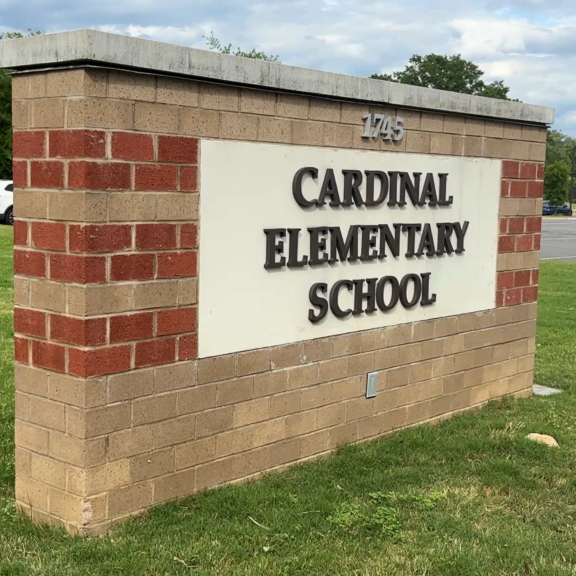When the City of Durham set out to improve safety in the Southside neighborhood, they weren’t just responding to public concerns. They were leading a proactive effort to rethink how streets serve their communities. With a focus on practical, cost-effective solutions, the City partnered with Timmons Group to address four corridors, transforming them into safer, more walkable spaces without the need for full reconstruction.
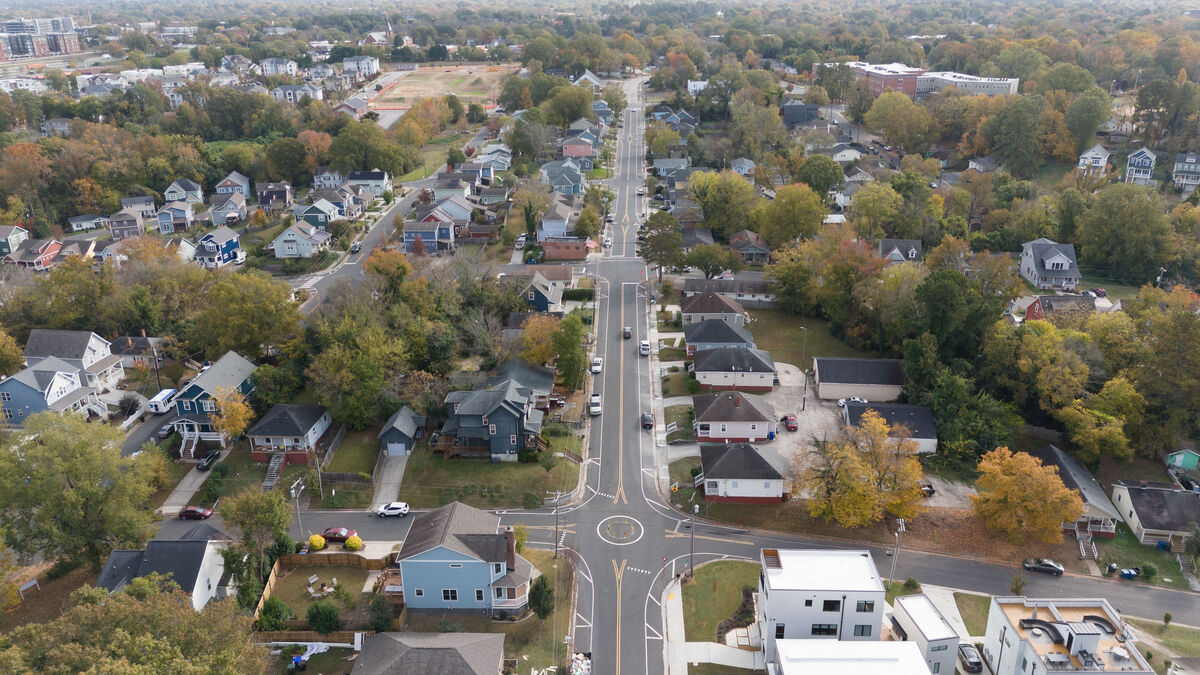
“The City tasked us with helping out on four different corridor improvement projects,” says Brian Welch, Senior Project Manager at Timmons Group. “These were primarily road diet and traffic calming designs, all constrained to the existing edge of pavement.”
The constraint of working within the existing roadway footprint became one of the project’s most significant engineering challenges. “We weren’t able to move any curb lines,” Welch explains. “So we had to retrofit the corridor and still provide pedestrian and traffic improvements. It’s a real engineering challenge to improve safety without redesigning the road from scratch.”
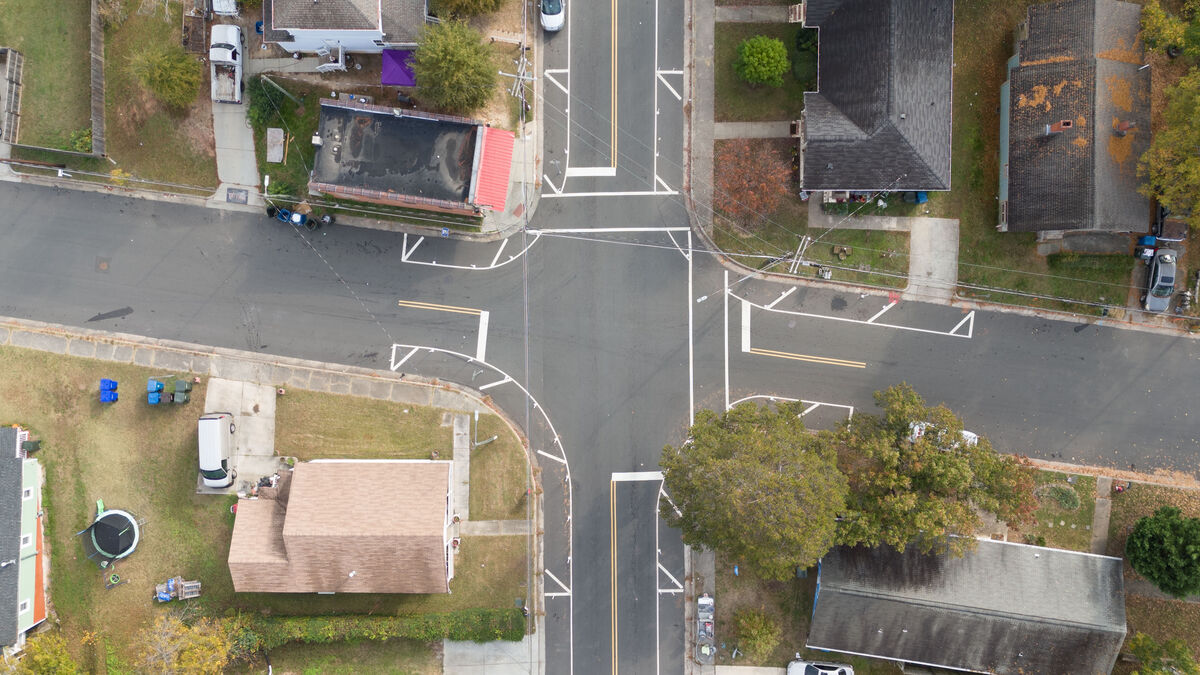
These weren’t blank-slate designs. They were creative solutions within fixed boundaries. Working inside the existing curb lines pushed the team to innovate, maximizing safety and mobility improvements without requiring full reconstruction.
Enterprise Street was a particular area the City wanted to focus on, citing frequent speeding reports by residents. The street also directly connects to the American Tobacco Trail, making it a central point of importance. “Enterprise Street was one of the key corridors,” Welch says. “We provided chicanes, speed cushions, mini roundabouts, and curb bumpouts—all designed to reduce speed and improve safety.”
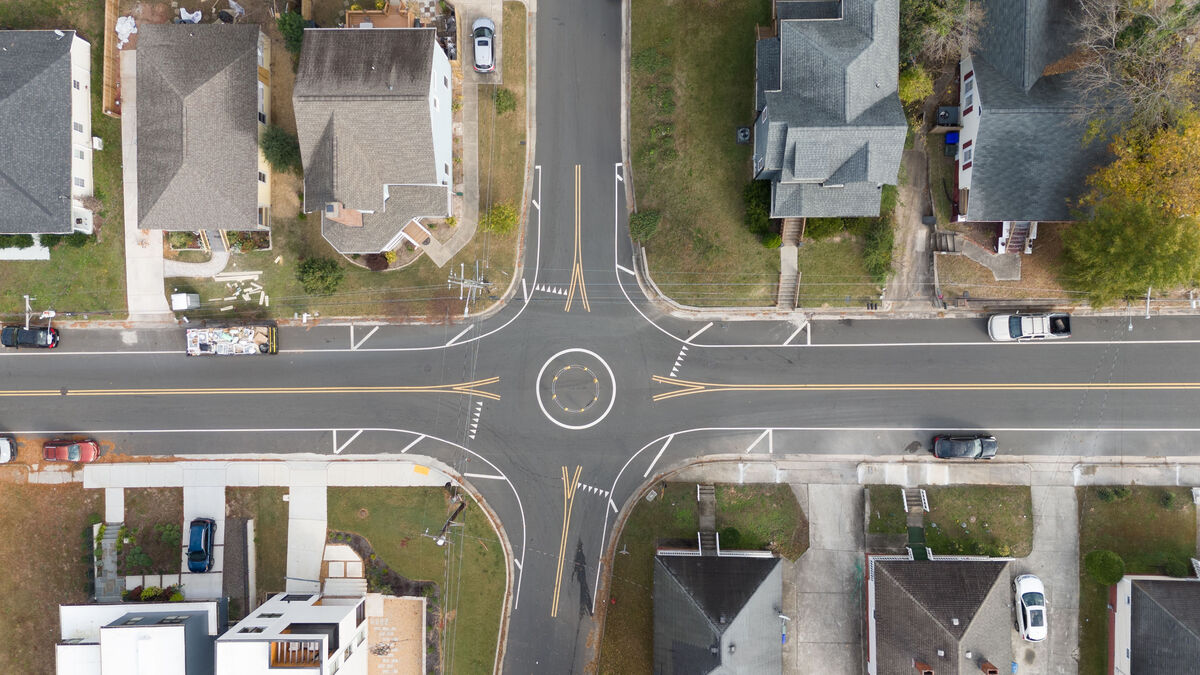
Timmons Group’s role extended beyond road design. Signal analysis, provided by Timmons’ traffic design team, helped determine whether intersections would continue to function efficiently under the new traffic patterns or require upgrades.
“We’re seeing a lot of RFQs from cities looking to retrofit and repurpose their internal roads,” Welch says. “There are miles of corridors that were once overdesigned for traffic volumes that no longer exist. As communities evolve, cities like Durham are adapting their infrastructure to meet new needs, especially around pedestrian safety, multimodal access, and traffic calming.”
To authentically capture the thoughts of the community, direct feedback was collected as part of the design process. The City of Durham took the lead on public engagement, which helped shape the concepts early on. “It was a two-step process,” Welch explains. “First, the City gathered feedback from the community—what their safety concerns were, how they used the corridors. Then we came back with proposed concepts based on that input. It wasn’t about showing up with a solution; it was about listening first.”
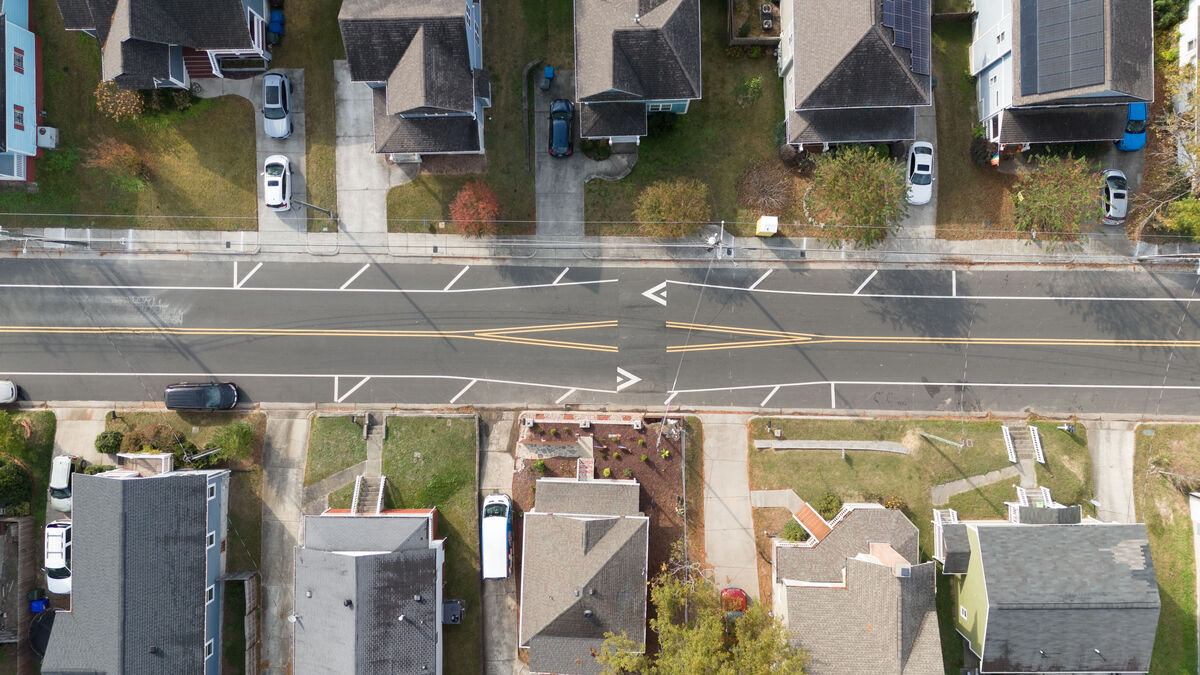
The impact of this project has already extended beyond the physical infrastructure, as Enterprise Street has been adopted as a model for future traffic calming projects in Durham. “There was great success with that location,” Welch says. “We received solid feedback from both the community and the City’s transportation group, and now they’re using it as a template for other projects.”
The Southside Durham Traffic Calming Project is more than a successful collaboration. It can be a blueprint for the future. By combining smart engineering, community input, and strong leadership, Durham is showing how cities can reimagine their streets to serve people, not just vehicles. These changes aren’t just visible on a map—they’re felt by residents walking, biking, and driving through calmer, safer streets. When thoughtful design and community voices intersect with public investment, cities can build stronger, more connected neighborhoods, one street at a time.




